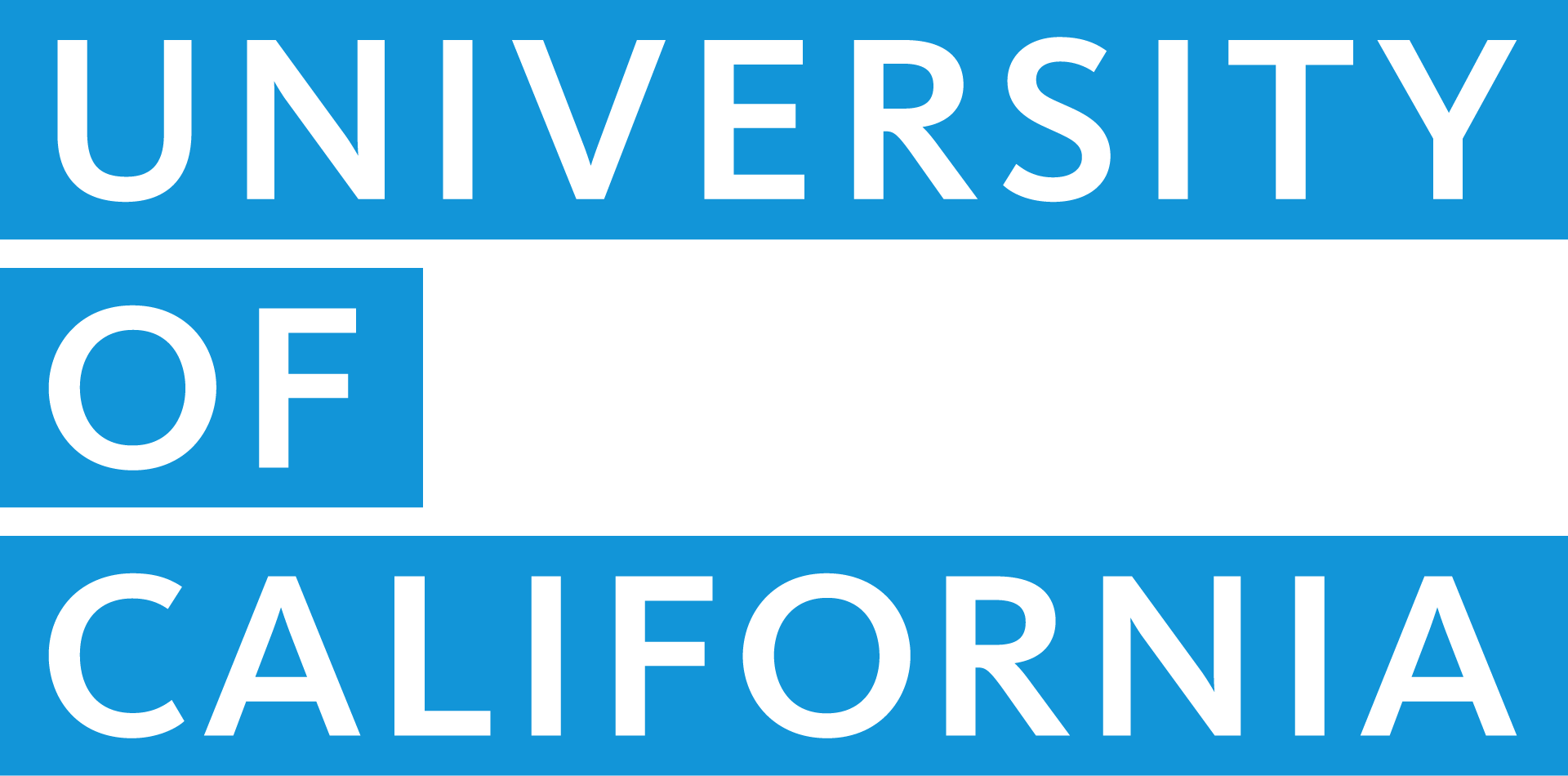UC’s WorkStrong program positions workplace injury as an opportunity for growth
Share This Article

If you are injured on the job, recovery can feel daunting. But thanks to the dedicated staff of the UC WorkStrong team, help is available — and it’s targeted to meet your unique needs.
A holistic approach
“The WorkStrong program started at UC in 2012 with the idea that we could intervene with employees who have had multiple injuries at work to improve their recovery and help prevent future work injuries,” shares Alison Frink, who is the WorkStrong program coordinator at UCLA and the systemwide UC WorkStrong Center of Excellence for the program.
Developed collaboratively with the expertise and support of staff who lead UC’s campus wellness, occupational health, and recreational services programs, WorkStrong supports participants in improving their overall health and fitness level after injuries through lifestyle changes that can build their strength and resilience. The idea is that supporting employees’ overall wellness will help keep them safer and healthier in the future.
While campuses tailor some content to their location, all WorkStrong programs include a six-month gym membership, one-on-one exercise guidance with a personal trainer, and individual nutrition counseling sessions with a registered dietitian nutritionist. No two WorkStrong itineraries are alike — each is carefully designed to support the unique needs of each employee. And, all resources are offered at no cost to the staff who participate.
“WorkStrong is a whole-picture process. Doing this for our employees gives them the tools to manage their work and personal lives,” says Kevin Confetti, associate vice president and chief risk officer for the UC system. “The goal of the WorkStrong program is to break the injury cycle that people sometimes find themselves in.”
A path to resilience
Results shared by WorkStrong participants have been remarkable, and it’s not unusual for them to describe the program as “life-changing.” A pediatric cardiologist learned to prioritize his own well-being. A childcare provider built the strength and techniques she needed to nix sciatica pain and get back to wrangling kids. A former weekly chiropractic patient discovered how to self-manage pain. And, a staff member who was initially too self-conscious to join a gym became an enthusiastic strength trainer and ran a 10-K! Many more WorkStrong participants report physical fitness transformations, a better understanding of nutrition and a more optimistic outlook — on life and on their personal strength, resilience and capability.
Several staff even shared that WorkStrong helped them when medical interventions had not. “I can’t begin to tell you how much my life changed having gone through the WorkStrong Program,” volunteered a participant from UCLA. “After months of physical therapy, they told me that there was nothing left to be done. I truly would have been lost had it not been for this program. My coach helped me to slowly build strength in my shoulder and arm. We worked around my pain, and he continued to physically challenge me to get in overall better shape. While I still have occasional pain and weakness, I have lost about 15 pounds and continue to gain more strength and endurance every day.”
Data have validated that WorkStrong is working. Graduates have fewer injuries post-program, which is great for staff members, their departments and the university.
Only at UC
WorkStrong coordinators are proud to share that their program is unique. “Very few employers across the country have a program like WorkStrong,” says Alison. “Our team has presented the program and its success to employers and workers’ compensation groups nationwide.”
Rony Santiago, the WorkStrong program coordinator at UC Santa Cruz, agrees. “In all my years as a public health educator, this is the most comprehensive program I have coordinated,” he says. “I truly believe in helping others, and this program allows me to fulfill that desire.”
WorkStrong is a voluntary program, so it is up to staff to decide for themselves whether to participate. But for those who have benefited, WorkStrong has become emblematic of how the university cares for its people.
“Having a work injury was depressing. I never thought I could be vulnerable at my age,” shared a participant from UC San Diego. “Once I participated in the WorkStrong program, I felt very supported by the UC system and knew I worked in the right place. The WorkStrong program rocks!”
Get started with WorkStrong
To find out if you’re eligible for the UC WorkStrong program, talk to your workers’ comp medical provider, or reach out to your local WorkStrong Coordinator. Contact information is available on the WorkStrong website. If your location doesn’t have a program yet, contact Alison Frink for help exploring your options, which may include virtual support or participating at a nearby UC location.
